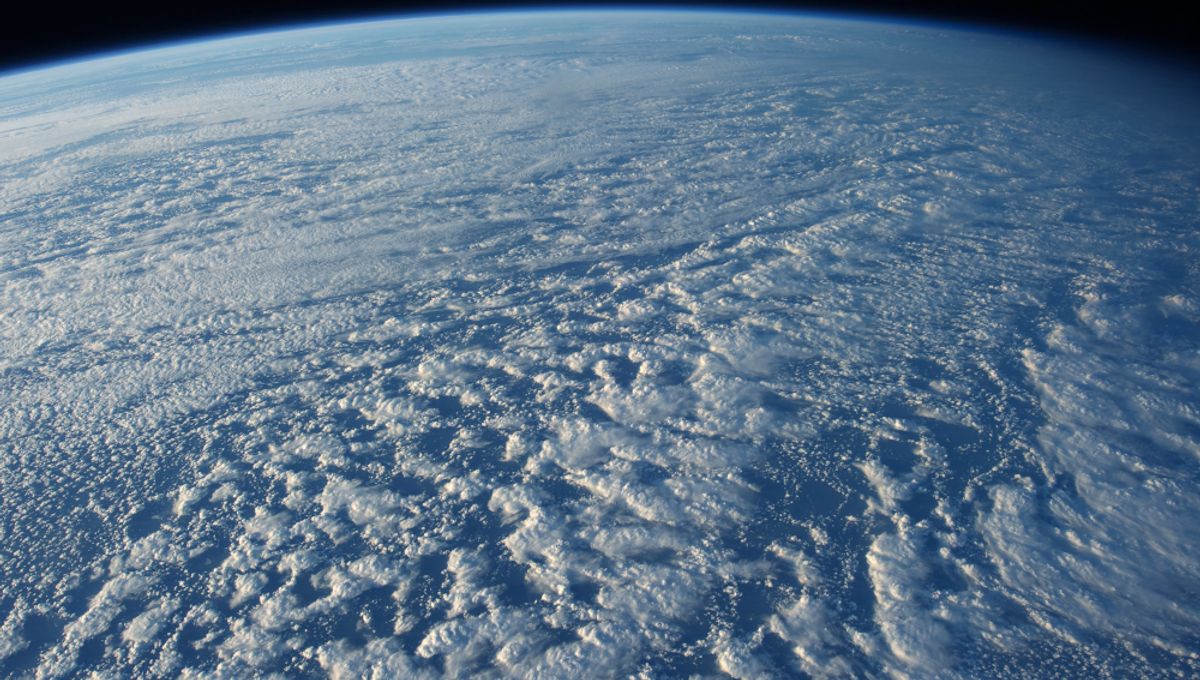
The hole in the ozone layer above Antarctica hit its annual peak of 26.4 million square kilometers (10.2 million square miles) on October 5. While this is the third consecutive year that the ozone hole has expanded to this kind of size, the overall trend shows that it is in fact still shrinking.
According to a statement by NASA Goddard Space Flight Center Chief Earth Scientist Paul Newman, “all the data says that ozone is on the mend.” While the hole always grows between August and October, Newman told the Associated Press (AP) that “it’s a little worse this year because it was a little colder this year.”
The depletion of ozone above the southern polar region is caused by chlorine compounds high in the stratosphere, most of which can be attributed to the historical use of chlorofluorocarbons (CFCs). During the cold Antarctic winter, temperatures become low enough for polar stratospheric clouds (PSCs) to form at high altitudes. These PSCs then provide a surface for chemical reactions that convert CFCs into more active forms like chlorine gas.
When the sunlight returns at the beginning of the polar spring, ultraviolet radiation splits these chlorine gas molecules and releases chlorine atoms, which then interact with and destroy ozone molecules. For this reason, the Antarctic ozone hole always grows during spring, eventually stabilizing once temperatures become too high for PSCs to exist.
The colder the spring, therefore, the more potential for damage – which explains why the last few years have seen particularly large ozone holes.
This year, for instance, stratospheric temperatures bottomed out at 179 Kelvin (-94 degrees Celsius) on August 11, but had risen to 191 Kelvin (-82 degrees Celsius) by October 11. Critically, this later figure is still lower than the minimum temperature required for the formation of PSCs.
NASA’s measurements of the ozone hole itself showed that it had shrunk back to 22.67 million square kilometers (8.75 million square miles) by October 11. The minimum thickness of the ozone above the southern polar region was recorded at 97 Dobson units on October 1, but rose to 105 Dobson units ten days later.
For reference, the Earth is enclosed by a layer of ozone with a standard thickness of 220 Dobson units. Values below this amount were not seen in Antarctica prior to 1979, and are always associated with CFC-related ozone destruction.
Fortunately, the ozone layer has been on the mend for several decades, largely thanks to the Montreal Protocol of 1987 which banned the use of CFCs. While annual levels fluctuate, the size of the hole has steadily decreased since it reached an all-time high of 29.9 million square kilometers (11.5 million square miles) in September 2000.
However, while cold temperatures are likely to be largely responsible for this year’s relatively large ozone hole, some suspect that the illegal use of CFCs by factories in China may be partly to blame. Additionally, Brian Toon of the University of Colorado says that large forest fires in Australia and the recent undersea volcano eruption in Tonga could be having an effect, the AP reports.
Source Link: Ozone Hole Is At It's Biggest Since 2015, Surpassing 26 Million Square Kilometers